Larsa was an important city-state of ancient Sumer, the center of the cult of the sun god Utu with his temple E-babbar. It lies some 25 km (16 mi) southeast of Uruk in Iraq’s Dhi Qar Governorate, near the east bank of the Shatt-en-Nil canal at the site of the modern settlement Tell as-Senkereh or Sankarah
Between the Tigris and the Euphrates, surrounded by the plain of Lower Mesopotamia, a cradle of civilization, the ruins of ancient Larsa cover a vast 200-hectare archaeological site. The millennia-old city, which reached its peak in the early second millennium BCE, was excavated by French teams from 1933 to 1989. French archaeologists resumed their work there in 2019.






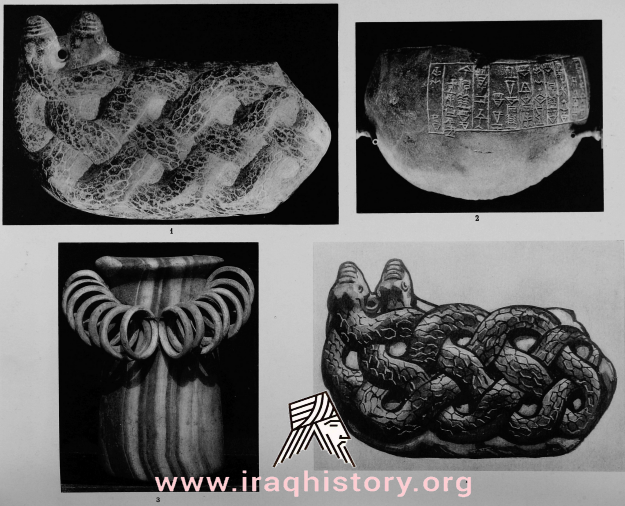
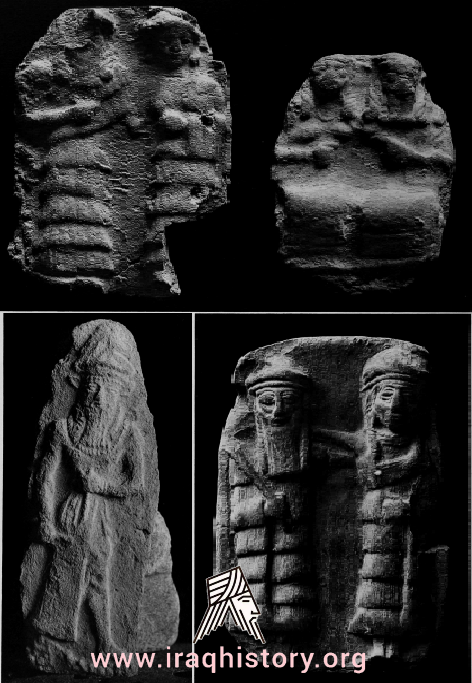
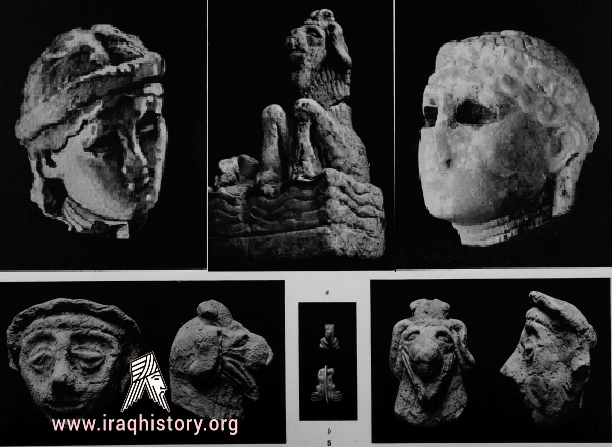
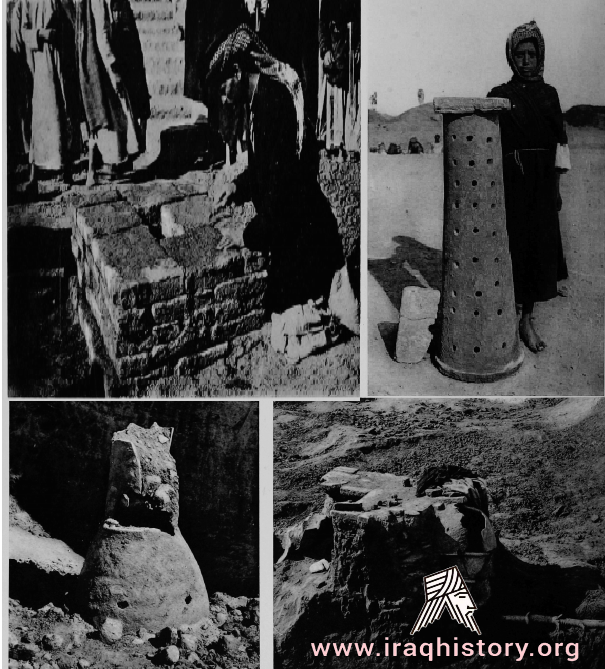

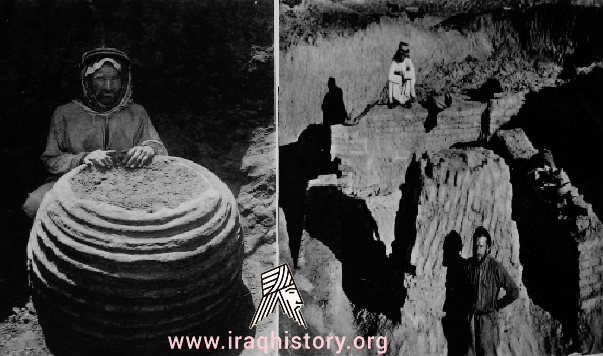
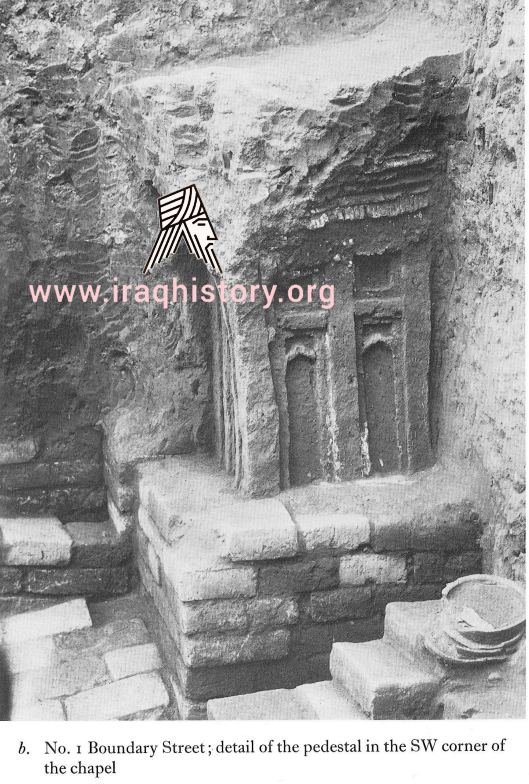

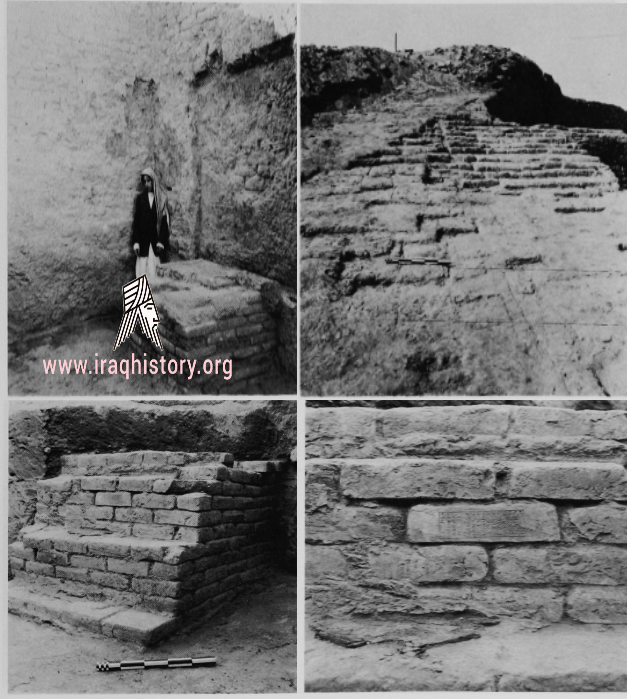
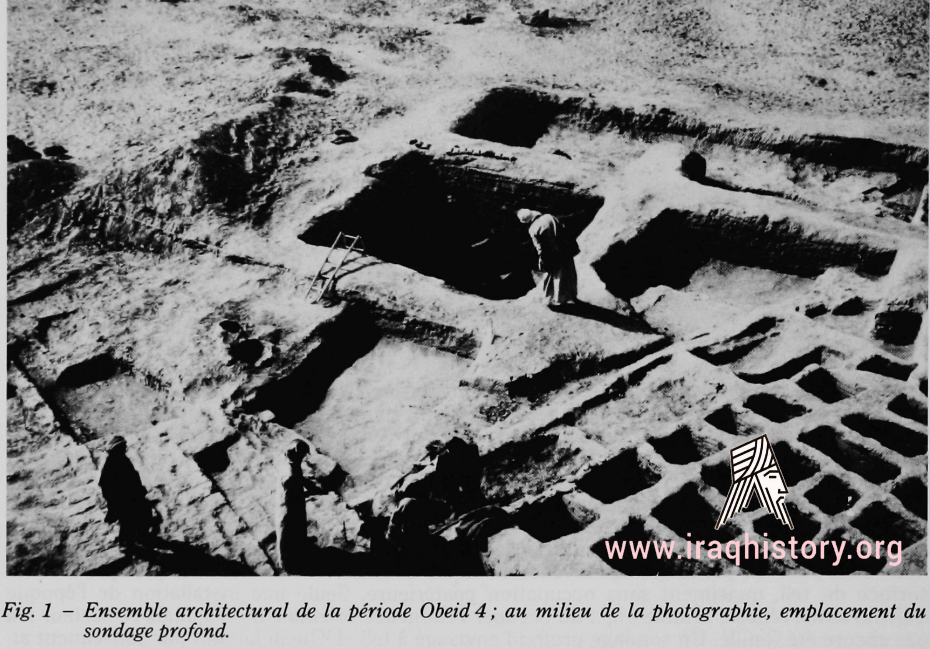

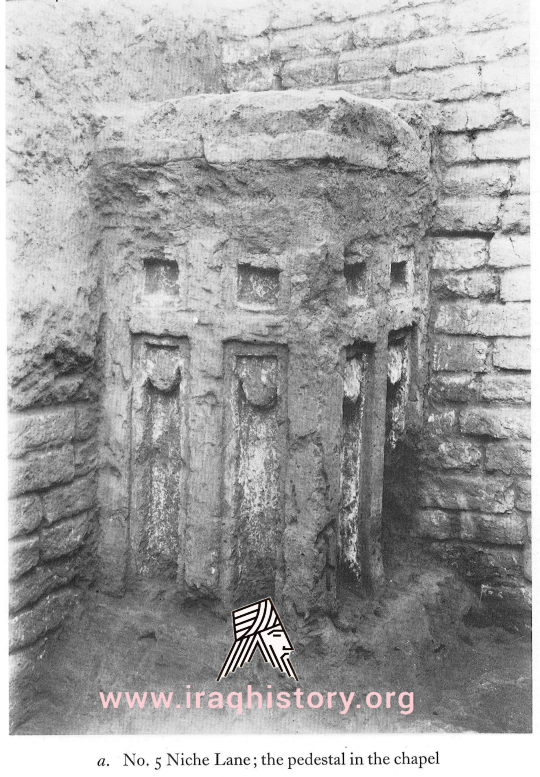
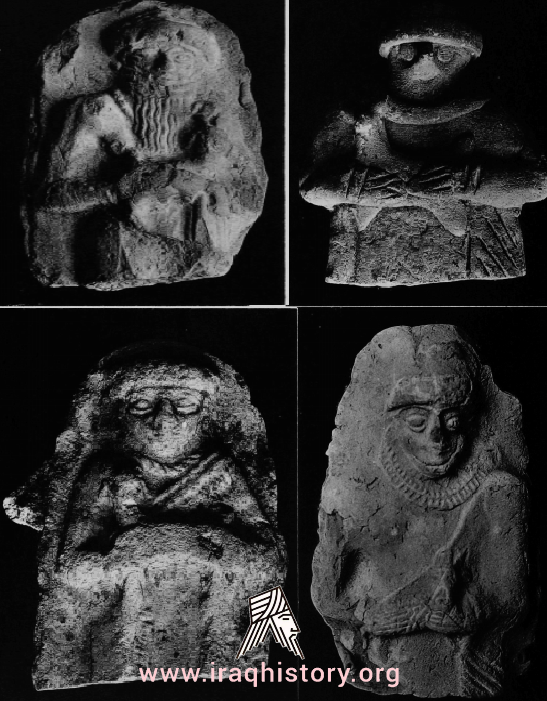
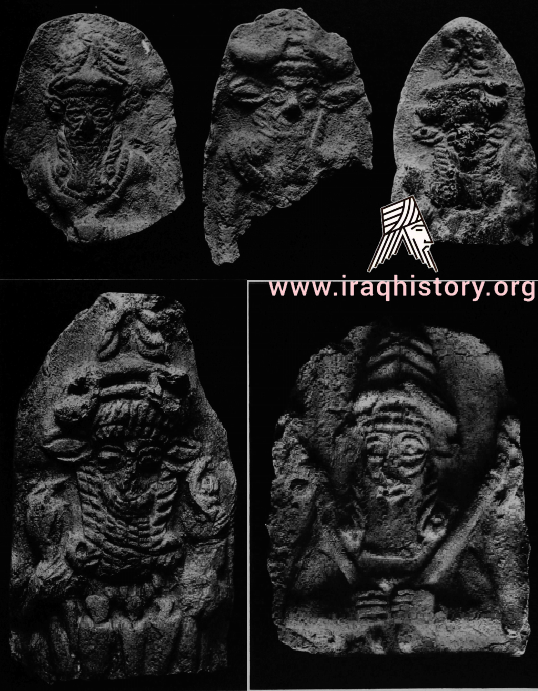
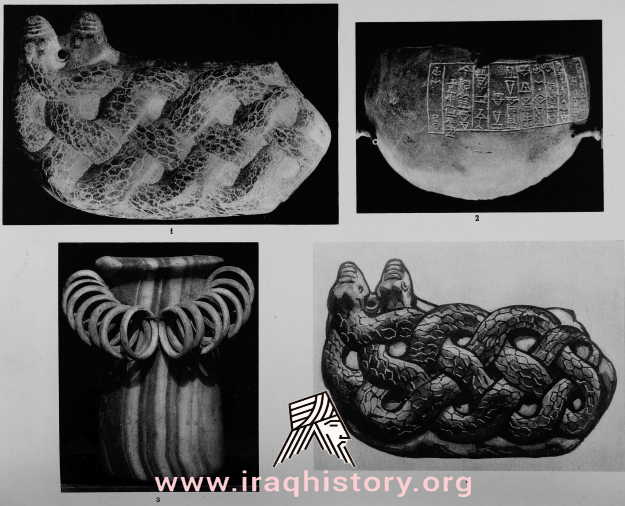
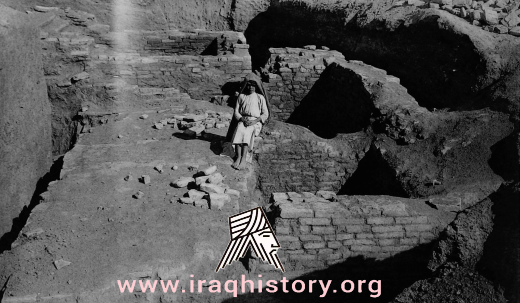
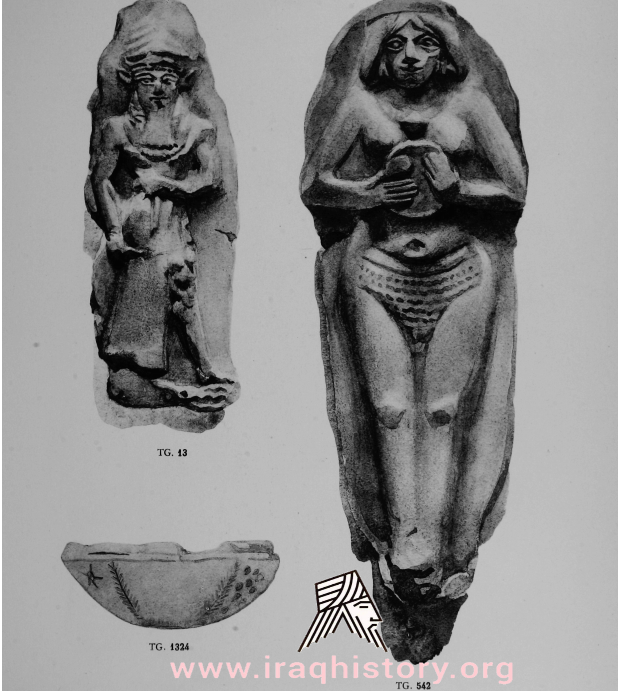
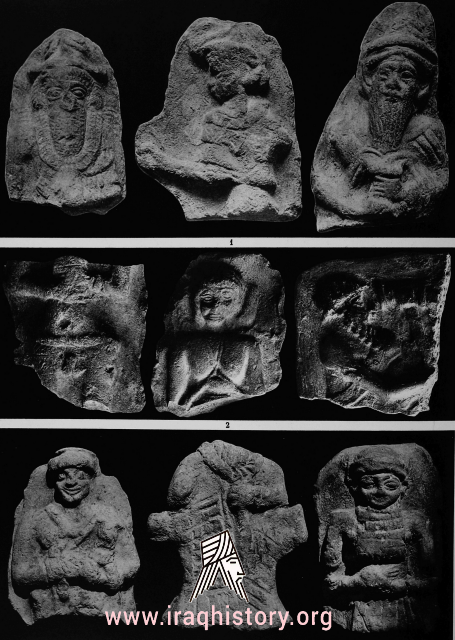
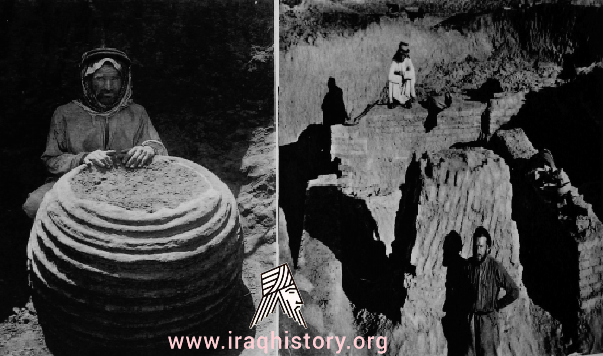
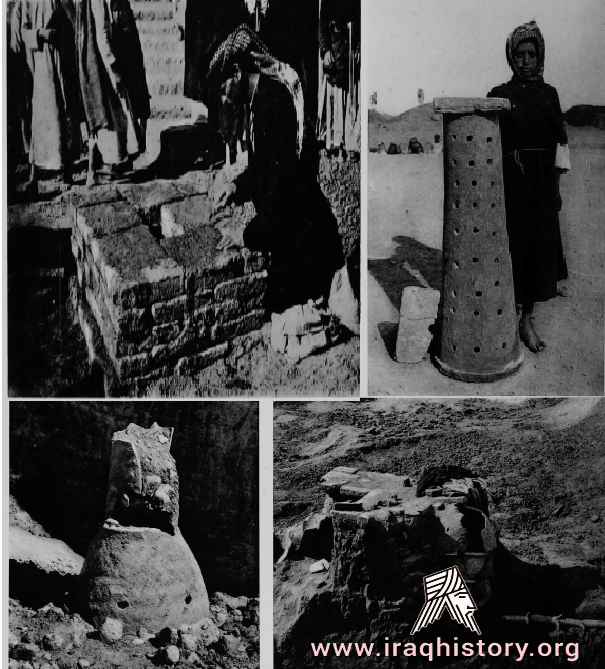
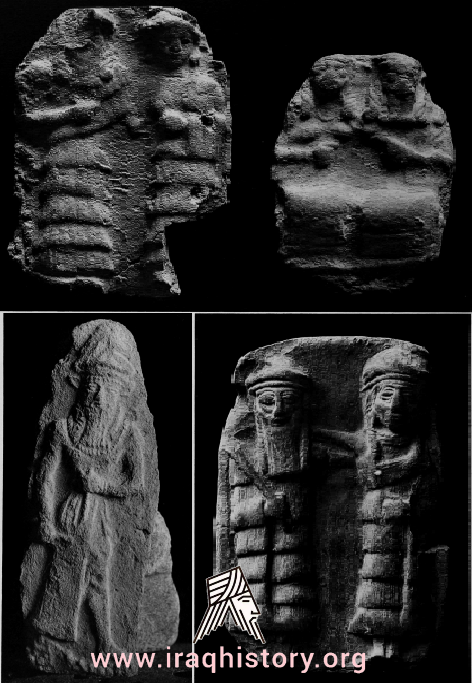
The Tell es-Senkereh site was surveyed by William Kennett Loftus in 1854 and Walter Andrae in 1903, and the first excavations were carried out by André Parrot in 1933. Thirty years later he returned to lead two campaigns in 1967, which were followed by two others, in 1969 and 1970, directed by Jean-Claude Margueron. In 1974, Jean-Louis Huot was made director of the Mission Archéologique française in Larsa. He led eight campaigns until 1989. In 2019, excavations resumed under Régis Vallet
At Tell es-Senkereh, occupied from the end of the 7th millennium BCE, the deeply buried remains of the prehistoric and protohistoric periods are yet to be explored. A Sumerian city-state of major importance, the kingdom of Larsa reached the height of its powers in the Amorite period at the beginning of the 2nd millennium. It successfully challenged the supremacy of Isin and set out to conquer the country. The city was at its height during the reign of Rim-Sin (1822-1763) and triumphed over its rival city-state in 1794 BCE. Larsa’s hegemony was short-lived. Hammurabi, king of Babylon, took the city in 1763 BCE. There after, Larsa never regained its former power and influence. The city famous for the thousand-year-old temple of the sun god Shamash, Ebabbar, was occupied until the beginning of the Common Era


